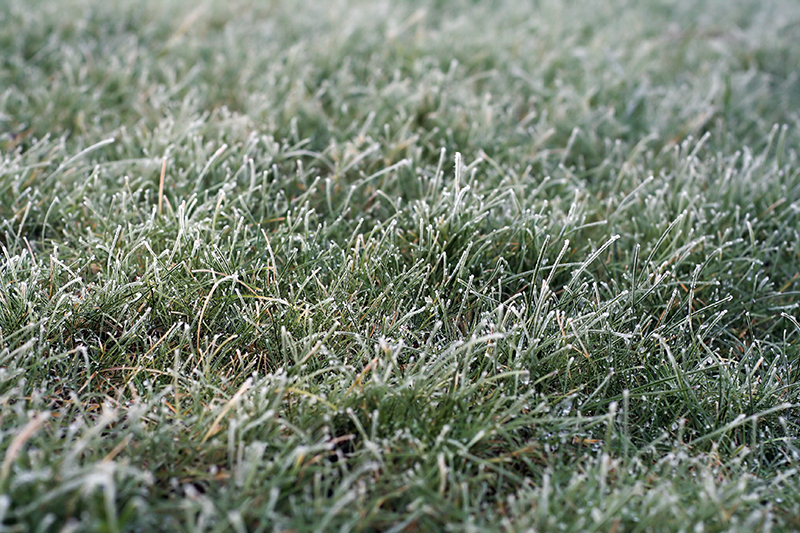Top Tips to Remove Winter’s Wrath
After being pounded with Nor’easters, your lawn may be still frozen in winter’s grip. In fact, winter can cause immeasurable harm to an otherwise healthy lawn. So what can you do to prepare the landscape for spring? How can you make your surroundings into a showplace after winter has turned grass into yellow, barren patches? Read on to find out.
Remove Dead Vegetation
Heavy snow and ice can weigh down your grass and cause it to stay matted down. This is probably the worse condition that needs to be fixed in order to revive your lawn. Any brush and plants that haven’t survived winter need to be removed first, along with dead grass, debris and excess dirt. Another issue can be grass clippings and mulch from your last mowing. Layers of brush, grass clippings and dead leaves can suffocate your grass and prevent new growth. They can also prevent your soil from getting the necessary nutrients.
Aerate Your Lawn
Aeration is the process of opening up the soil, so to speak, so that adequate nutrients can be absorbed. Some people poke holes in their lawn or use a plug aerator. It’s best to have a professional perform aeration so that it’s done correctly. You want the topsoil to be loosened up, so that nutrients can flow easily and be absorbed into the roots.
Plant Seeds for Spring
One of the most troublesome leftovers from winter are dead, dry patches left scattered across your lawn. If this is the case, you can choose to plant seeds, water them and watch them grow. Or, if you don’t want to wait, you can do what many professional landscapers do and buy sod. These come in rolls of already grown grass that you can lay down and blend with your existing lawn. Sod is a faster way to get your yard back up and running after winter damage.
Weed Aggressively
Do not waste a minute if you see weeds popping up after winter. As your vegetation tries to grow again, it’s likely you’ll see weeds and their seeds. They’ll need to be pulled right away. You can also use an effective, organic herbicide to prevent future weed growth. It is better to get a handle on this before spring—prevent a problem before it begins—than waiting to treat a lawn overgrown with weeds.
Wait to Apply Fertilizer
Do not try to fertilize your lawn too early in spring. This is the time when roots are being developed. Wait until later in spring, when grass is getting ready to grow. We recommend fertilizing sparingly with environmentally safe products. We will have more information about fertilizing your lawn in our next blog.
The Veron Company provides environmentally-friendly landscaping solutions, as well as snow removal services. Contact us today to let us go to work for you!
The Veron Company, serving Marlborough, Massachusetts and surrounding areas, including Cape Cod since 1982.







